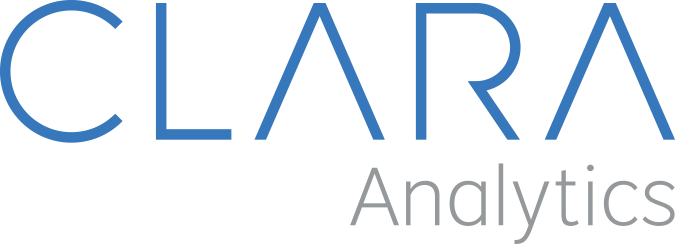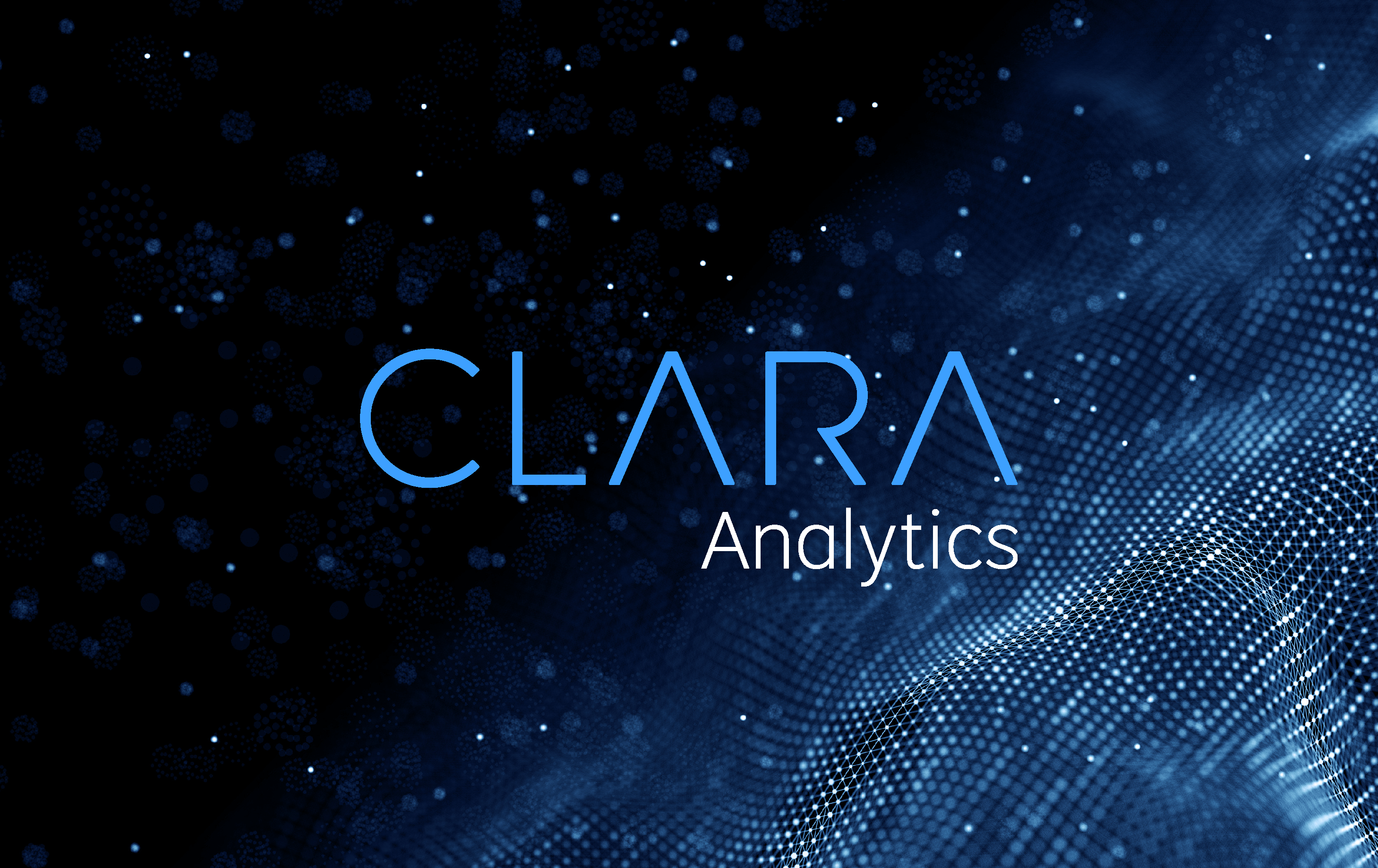Subrogation Detection Challenges in the Insurance Industry — and How AI Can Help
AI Offers Advanced Detection, Explainability and Status Reporting to Reduce Claims Leakage
Subrogation is a crucial process in the insurance industry where insurers seek reimbursement from a third party responsible for causing a loss to the insured. It allows insurers to recoup claim payments and helps control loss ratios, ultimately lowering premiums for consumers. Despite its importance, subrogation remains plagued with detection issues. Up to 15% of insurance claims result in missed opportunities for subrogation, according to the National Association of Subrogation Professionals (NASP). Manual review processes, fragmented data systems, and human error often lead to missed opportunities for recovery. With billions potentially left uncollected annually, insurers are increasingly turning to artificial intelligence (AI) to streamline and enhance subrogation detection.
The Subrogation Challenge
Subrogation opportunities are often hidden within the complex and unstructured details of claim files, such as adjuster notes, police reports, repair invoices, or medical records. Detecting these opportunities is typically reliant on human judgment, which can be inconsistent and resource-intensive. Common issues include:
- Delayed Identification: The longer a subrogation opportunity remains undetected, the harder it is to pursue due to legal deadlines and deteriorating evidence.
- Unstructured Data: Valuable data to clue you in on subrogation opportunities is unstructured and hidden in claim notes and documents claim data exists in formats not easily searchable or analyzable by traditional systems.
- Volume Overload: Adjusters may handle dozens or hundreds of claims, increasing the risk missing subrogation opportunities.
- Limited Resources: Subrogation teams are often small and must prioritize only the most obvious cases.
How AI Can Help
AI technologies, including natural language processing (NLP), machine learning (ML), and predictive analytics, and Large Language Models (LLMs) offer transformative solutions to subrogation detection problems:
- Text Mining with NLP and LLMs: NLP algorithms can analyze unstructured data like adjuster notes and legal documents to identify language that suggests subrogation potential (e.g., mentions of third-party fault, police involvement, or litigation).
- Predictive Modeling: Machine learning models trained on historical claim data can predict the likelihood of subrogation based on patterns in claim type, cause of loss, vehicle damage location, or property incident details.
- Automated Alerts: AI can flag claims with high subrogation potential in real time, allowing adjusters and recovery specialists to act promptly.
- Workflow Integration: AI systems can be embedded into claims management platforms like Guidewire and Origami Risk to offer decision support, reducing manual reviews and standardizing subrogation detection processes.
- Continuous Learning: As more data is processed, AI systems improve over time, adapting to new fraud patterns, legal developments, and emerging claim types.
Case Study Example
One leading insurer implemented an AI-driven subrogation platform that leveraged NLP and ML to analyze incoming claims. Within six months, they reported a 30% increase in identified subrogation opportunities and a 20% improvement in recovery times. Additionally, AI helped reduce the number of false positives, allowing teams to focus on viable recovery paths.
Conclusion
Subrogation detection remains a challenging but critical aspect of insurance operations. The integration of AI represents a game-changing shift—offering speed, scale, and precision that traditional methods cannot match. As insurers face growing pressure to optimize claims processes and improve bottom lines, AI-driven subrogation detection is quickly becoming not just a competitive advantage, but a necessity.
Learn more about CLARA’s subrogation solutions built on CLARA Triage and integrated into CLARAty.ai.




